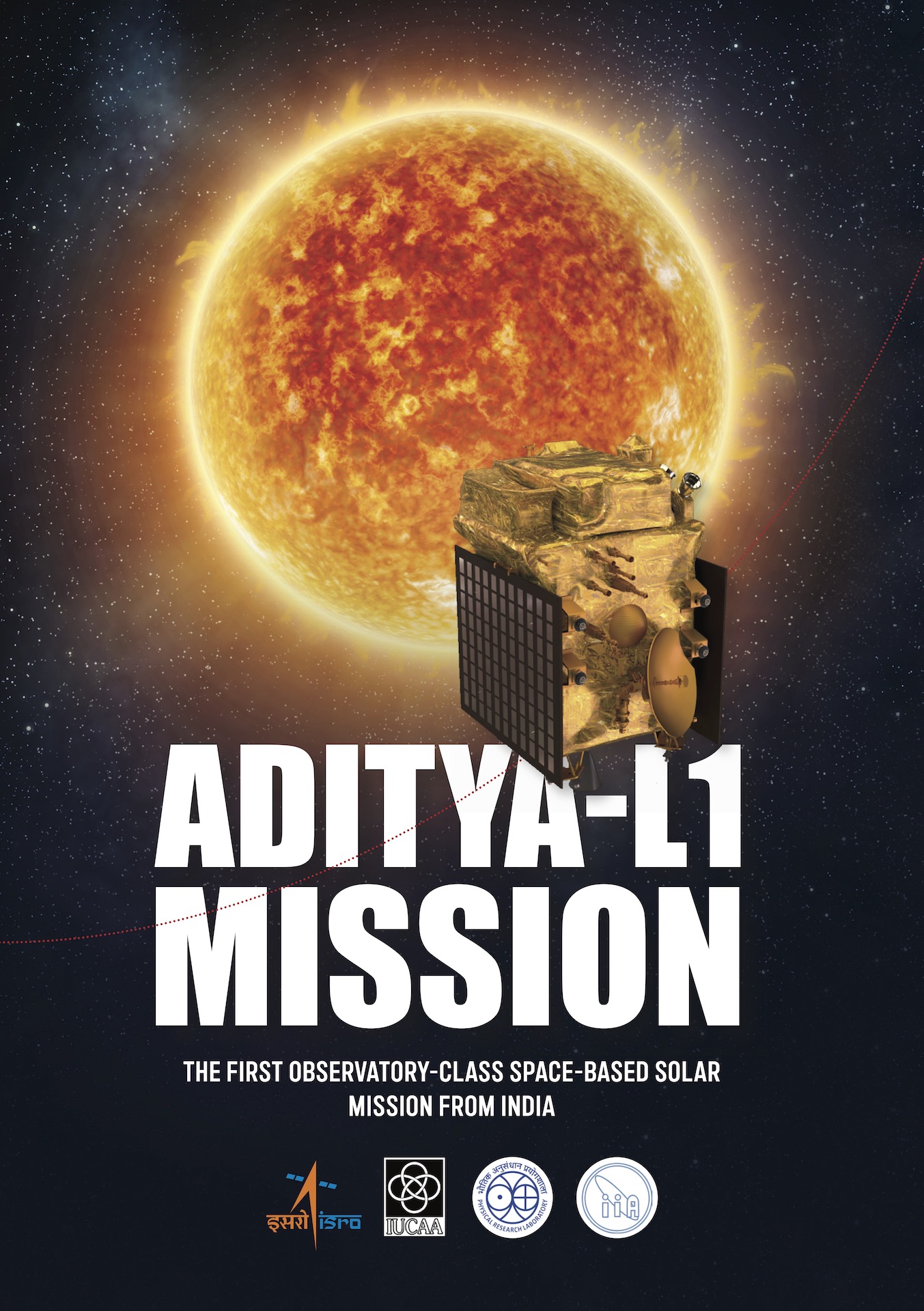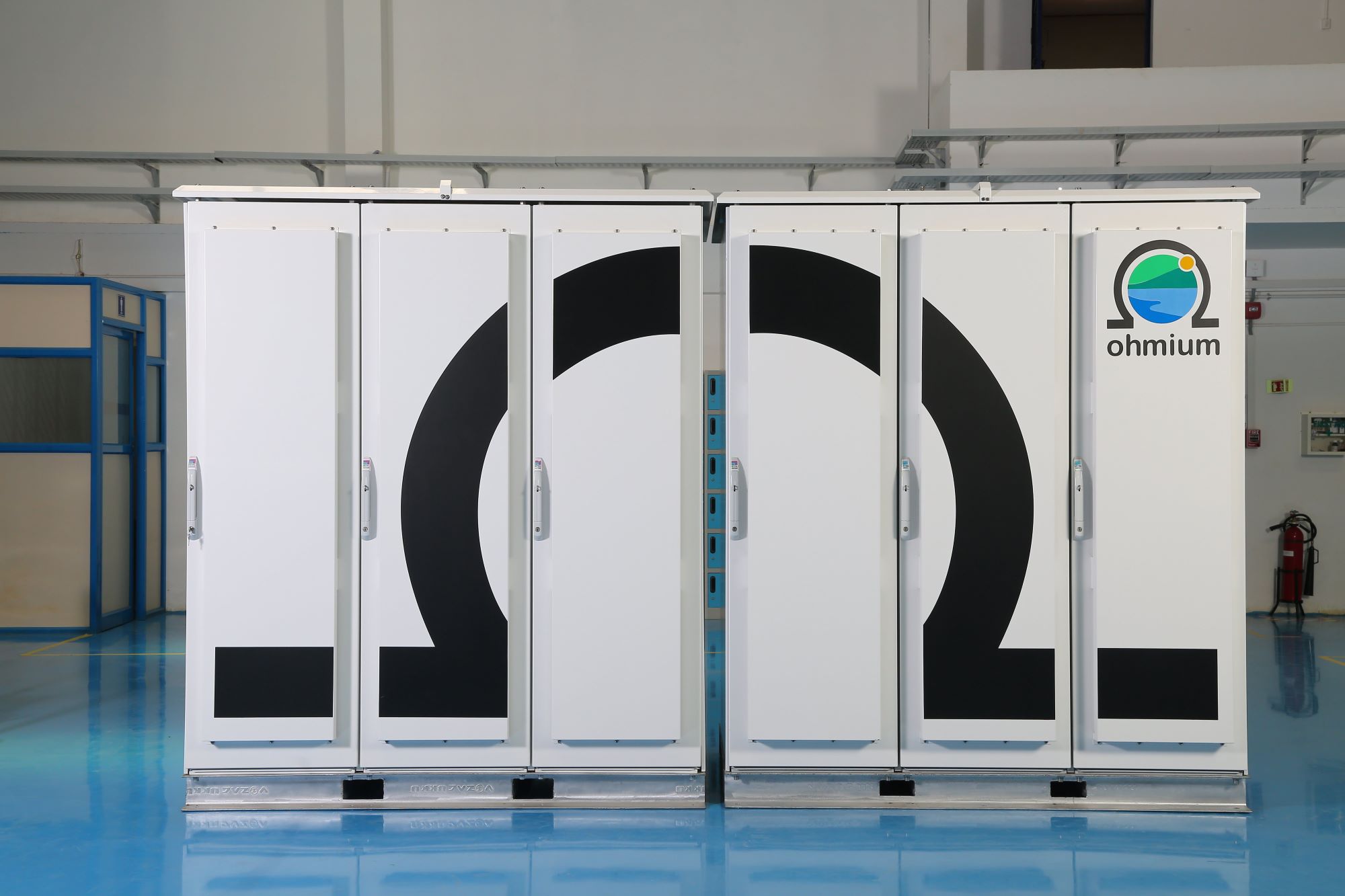Bengaluru, NFAPost: Fresh off the triumph of Chandrayaan-3’s lunar landing, the Indian Space Research Organisation (ISRO) is gearing up for yet another groundbreaking mission, this time focused on the Sun. In just a week, likely on September 2, ISRO is set to launch the Aditya-L1 spacecraft, marking India’s maiden dedicated solar observation mission.
The Aditya-L1 spacecraft is purpose-built for remote solar observations and in situ analysis of the solar wind. Positioned at the L1 point, a Sun-Earth Lagrangian point located approximately 1.5 million kilometres from Earth, this mission is a significant milestone for ISRO, headquartered in Bengaluru.
Aditya-L1 carries seven essential payloads designed to study various aspects of the Sun, including its photosphere, chromosphere, and the outermost layer, the corona, across different wavebands. This ambitious mission is a testament to India’s scientific prowess and is a fully indigenous effort, with the active participation of national institutions, according to ISRO officials.
The Indian Institute of Astrophysics (IIA), based in Bengaluru, takes the lead in developing the Visible Emission Line Coronagraph payload, while the Solar Ultraviolet Imager payload has been crafted by the Inter-University Centre for Astronomy and Astrophysics, Pune.
Aditya-L1’s scientific instruments are poised to provide vital insights into the solar corona, chromosphere, flares, and the behaviour of charged particles and magnetic fields in the vicinity of the L1 halo orbit.
The Aditya-L1 satellite, constructed at the U R Rao Satellite Centre, recently arrived at the Sriharikota spaceport in Andhra Pradesh, positioning itself for the upcoming launch, tentatively set for September 2, as confirmed by ISRO officials.
The spacecraft is destined for a halo orbit around the L1 point in the Sun-Earth system, offering the unique advantage of continuous solar observation without any interruptions due to eclipses or occultation. This positioning, ISRO noted, will enable real-time monitoring of solar activities and their impact on space weather.
From the vantage point at L1, four of Aditya-L1’s payloads will directly observe the Sun, while the remaining three will engage in in-situ studies of particles and fields at this strategic location, thereby advancing scientific understanding of solar dynamics in the interplanetary medium.
ISRO highlighted that the Aditya L1 payloads are expected to yield critical information on various solar phenomena, such as coronal heating, coronal mass ejections, solar flares, space weather dynamics, and particle propagation, among others.
The primary science objectives of the Aditya-L1 mission encompass studying the dynamics of the solar upper atmosphere, heating processes in the chromosphere and corona, plasma behaviour, coronal mass ejections, and solar flares. The mission will also delve into the intricacies of magnetic fields in the solar corona and their role in space weather phenomena.
Aditya-L1’s instruments are finely tuned to scrutinize the solar atmosphere, focusing particularly on the chromosphere and corona, while the in-situ instruments will provide invaluable data on the local environment at the L1 point.
As India takes this monumental leap into solar observation, the Aditya-L1 mission holds the promise of enriching our understanding of the Sun and its profound influence on space weather, offering essential insights for future space exploration endeavours.





